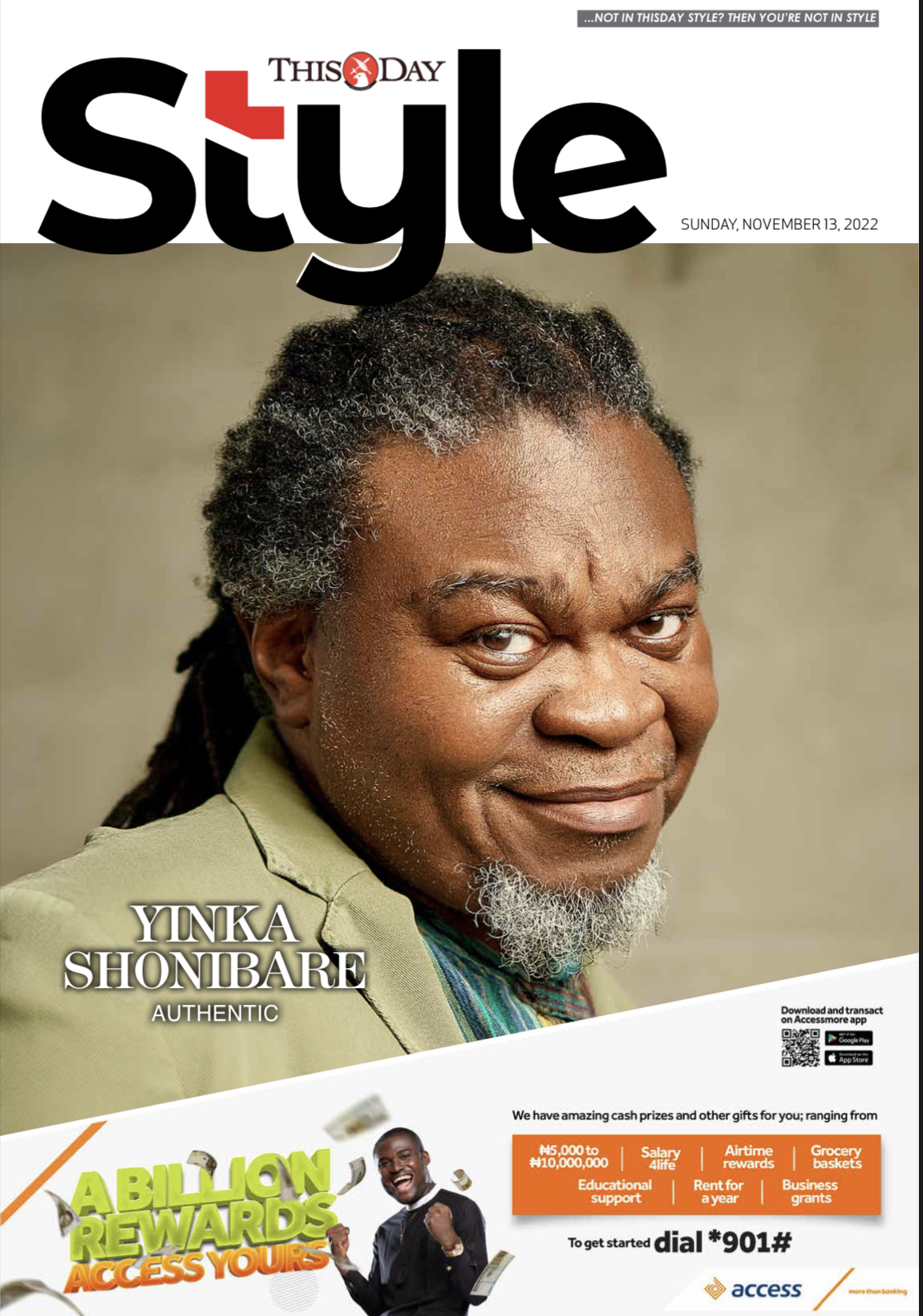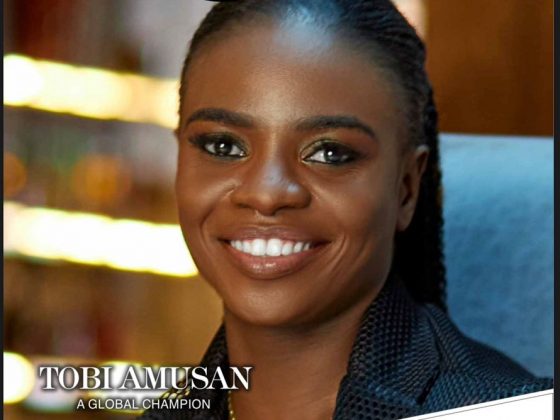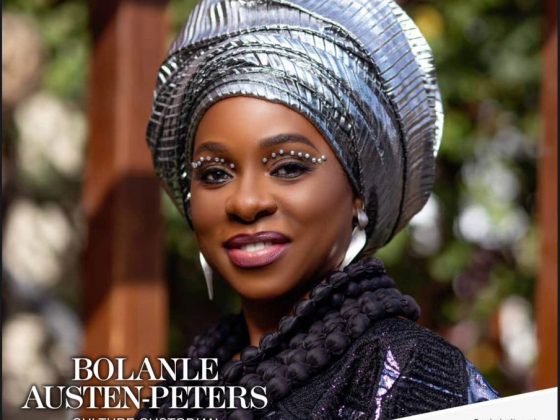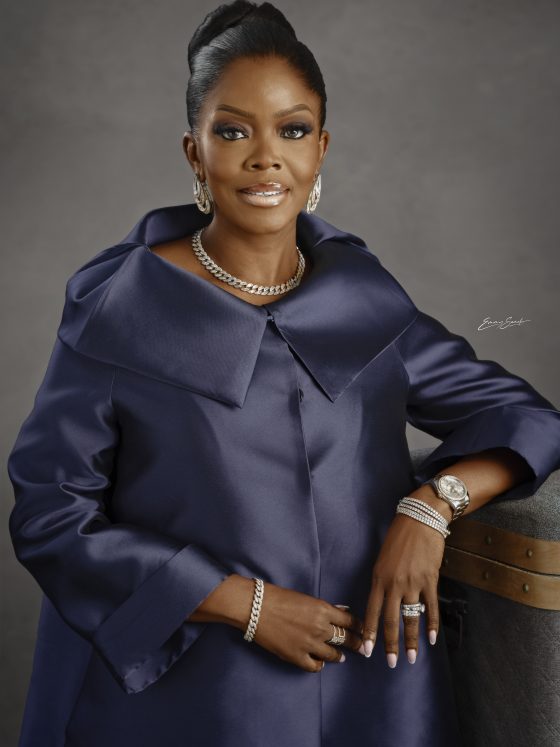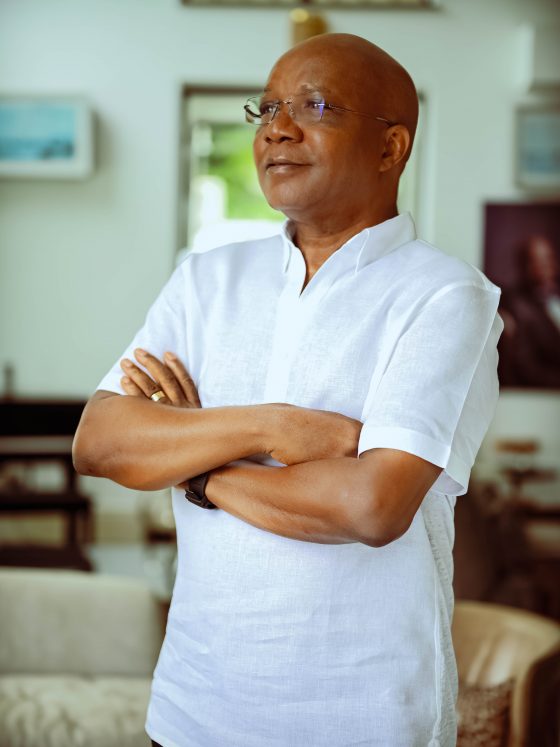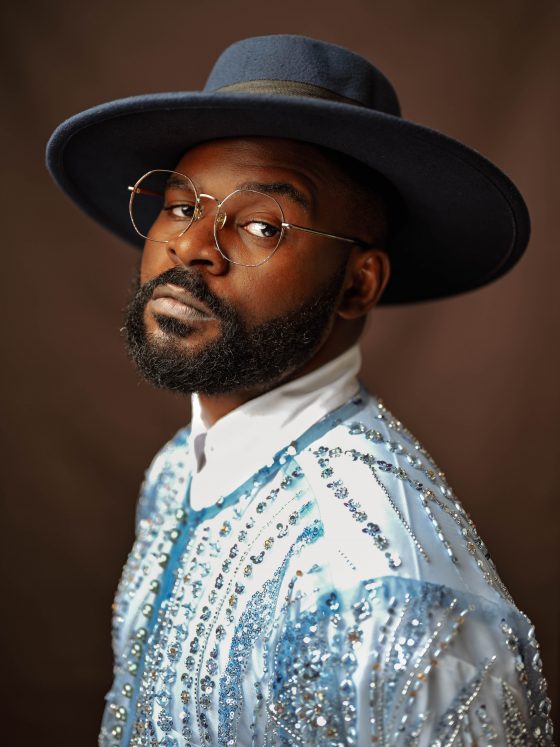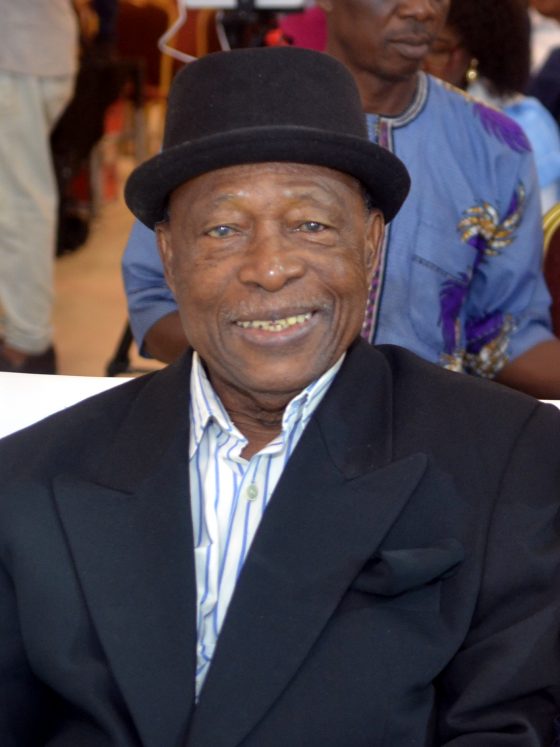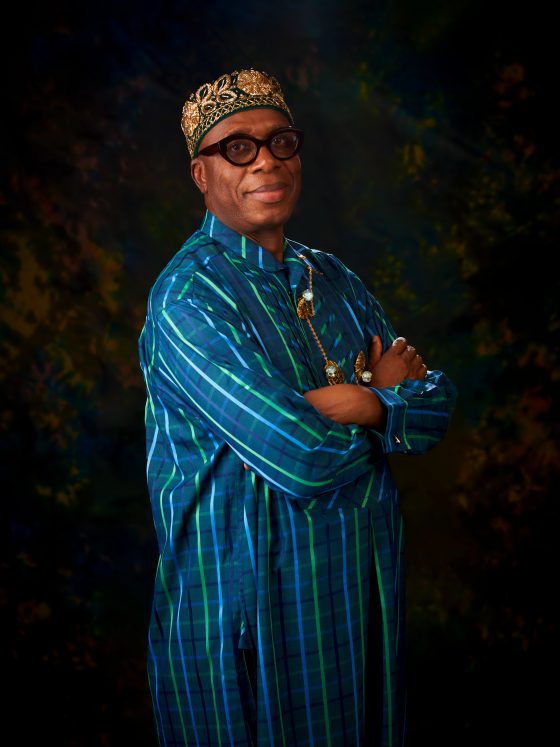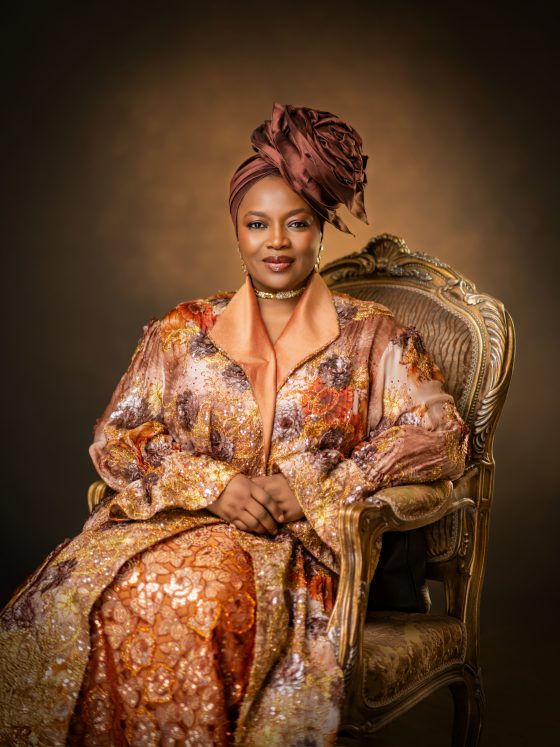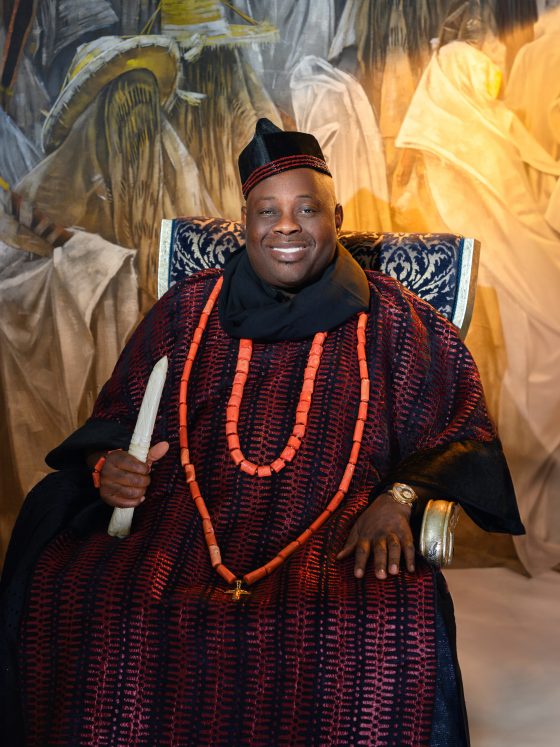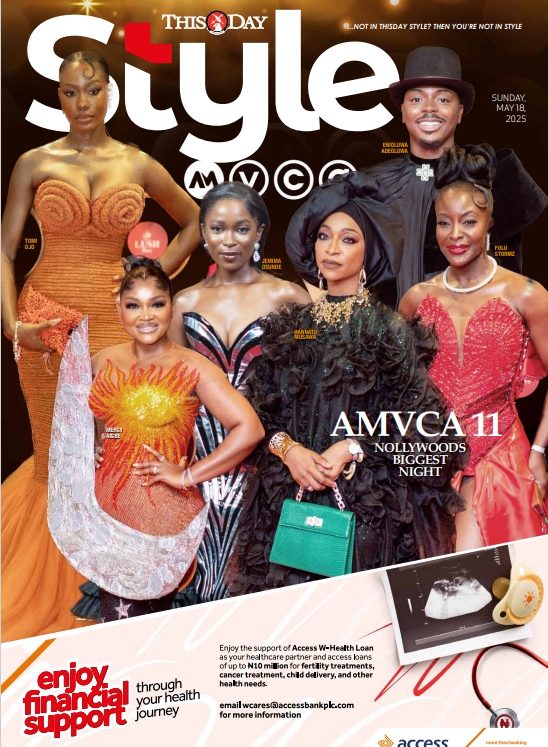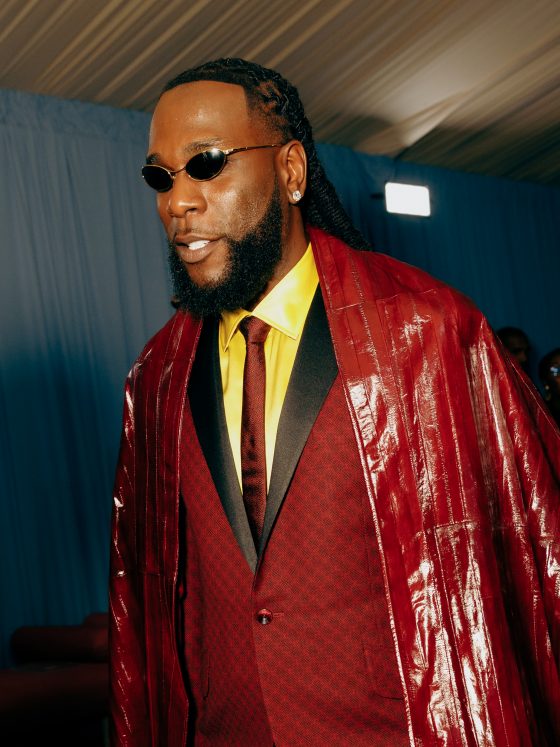The artist Yinka Shonibare needs little or no introduction. Born in London in 1962, his works of art have become collector’s items over the years. His trademark material is the brightly coloured Dutch wax batik fabric he buys in London, and he has created numerous masterpieces exhibited in many cities worldwide. His interdisciplinary practice uses citations of Western art history and literature to question the validity of contemporary cultural and national identities within the context of globalisation. Reflecting on his achievement as he turns 60, Shonibare speaks to Funke Babs-Kufeji about his works, the future of African art, and being able to make an impact not only in the African art scene but also globally.
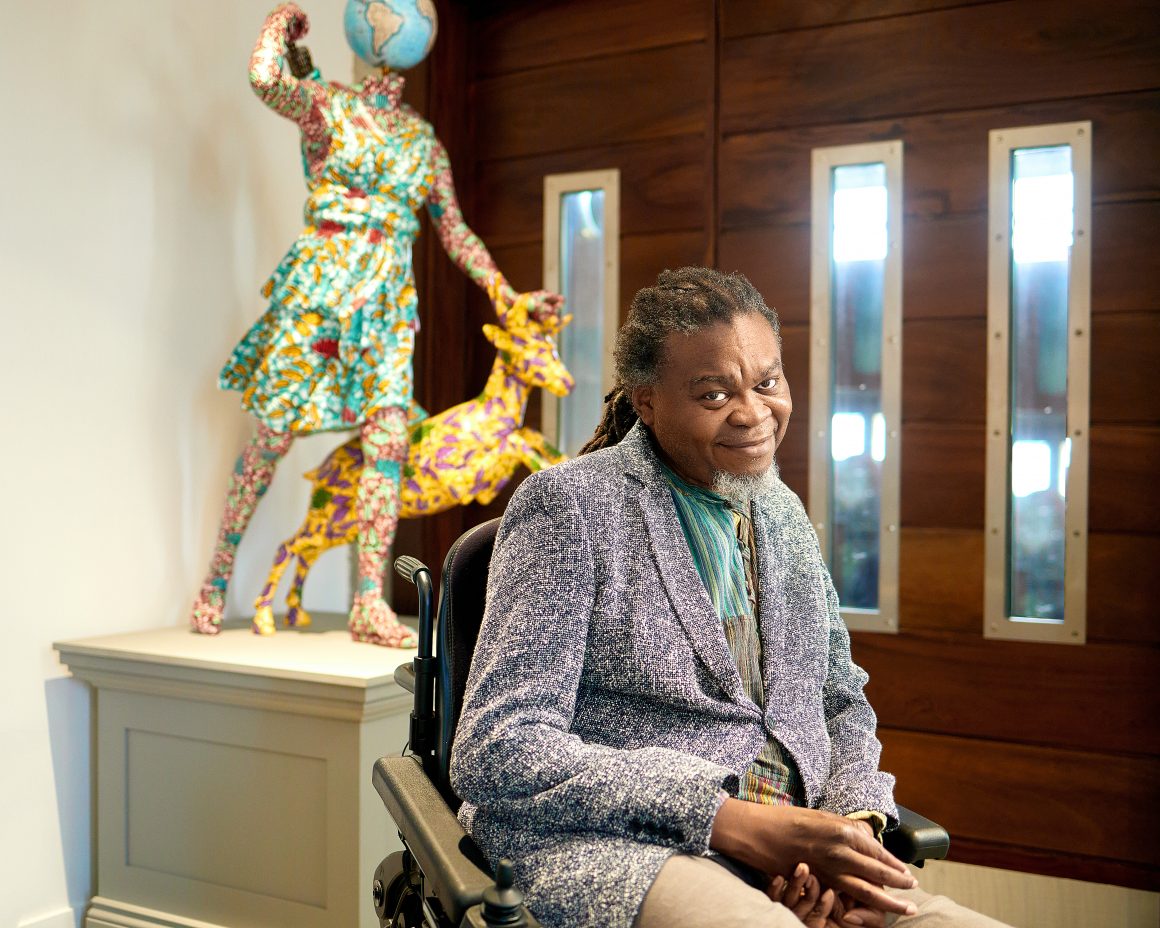
Congratulations on your 60th birthday celebration. As a conceptual artist, you are internationally renowned for turning brilliant ideas into reality. Your public artworks also attest to your greatness. How does it feel now, at 60, that you have become a colossus in the art scene?
Thank you. I am very pleased to be still working at the age of 60. I think that experience is the best teacher. My success did not come overnight; I had to work very hard. It’s not easy being an artist anywhere, let alone an artist of African origin in Europe. But with patience and perseverance, I have managed to get to where I am today, and I am very grateful for that.
Like Soyinka and perhaps other socio-politically conscious creatives of Nigerian extraction, your works tend to interrogate cultural identity in colonial and post-colonial contexts. Does your upbringing in both worlds (UK and Nigeria) play a role in the message behind your art?
As an artist of African origin, it is impossible not to explore subjects about your identity. Particularly when you live in Europe, you feel different and stand out. You have to understand why you are different, your history, and the relationship between Britain and Nigeria. That has formed my identity—I am a Yoruba speaker and an English speaker. When I started working, one of my tutors at the university in London suggested that I not make work about international issues but rather simply about traditional African art. But in reality, it’s impossible to stick to traditional art. I am part of a global discussion, and so that’s how I make my work. I make my work to reflect the reality of contemporary Africans.
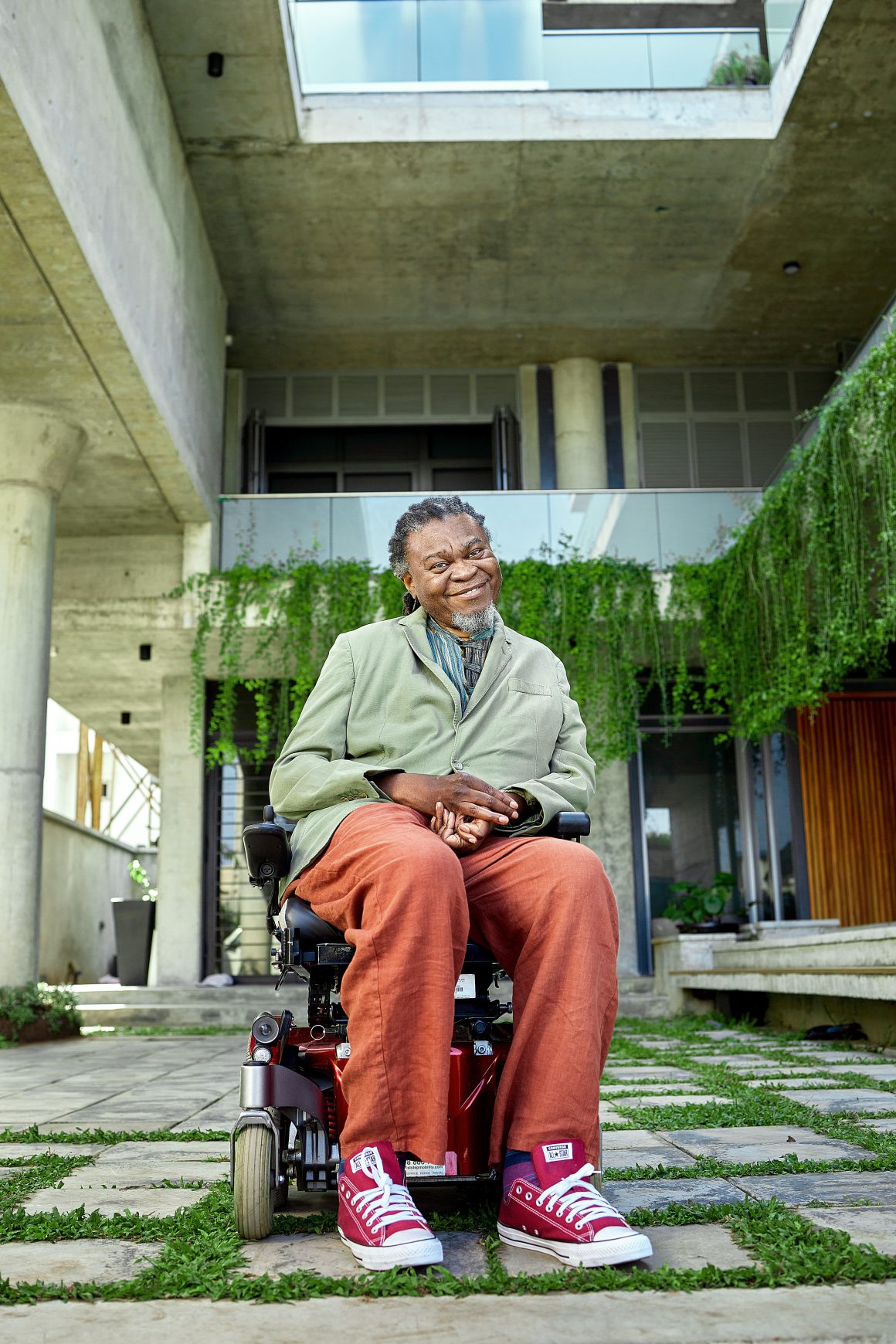
The cross-cultural identity in your works still resonates with our contemporary world. This period is marked by the mass migration of Nigerians to other countries. How can African artists contribute to preserving our collective memory of who we are?
It is important for African artists to value their heritage and acknowledge that they are now influenced by what everyone else is influenced by—they are on social media like everyone else. They watch films and TV from different parts of the world too, so they will inevitably expand beyond African heritage. I think that coming back home and doing things here on the ground will also help to keep the connection between the African artists in the diaspora and the continent itself, which is extremely important for our self-esteem.
You recently opened up an art space, G.A.S.(Guest Artist Space Foundation) in Lekki and another community-based project in Ogun State. Why are these initiatives dear to your heart?
Yes we have launched the G.A.S. Foundation in a purpose built residency building in Lagos and also at the 54-acre Ecology Green Farm in Ijebu. We are inviting artists, researchers, curators and creative practitioners who are both local and from all over the world to work alongside each other to develop different projects together. At the heart of everything is the idea of cultural exchange, and despite only running for six months we’ve already seen the impact something like this can have, it’s going very well and there is a huge interest both locally and internationally. The Ecology Green Farm is focused on sustainability and providing food security for the local community meanwhile in Lagos we are able to connect people with the local culture sector and offer opportunities for collaboration.
It was important for me to be able to build this project because I’ve done residencies myself in the past and those experiences completely changed my practice. I ran a space in London called Guest Projects for about 11 years that provided a space for artists of all disciplines to experiment and test new ideas and in many ways G.A.S. is an evolution of that.
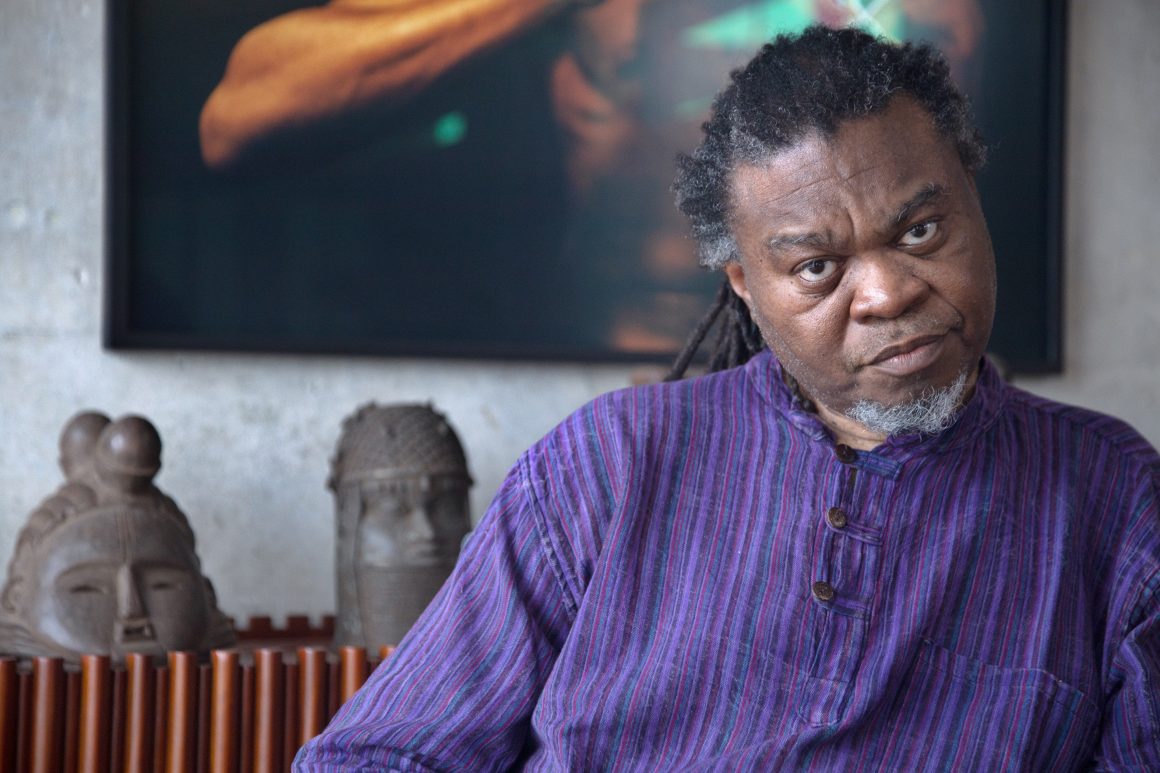
Looking at your works’ visual aesthetics, the pieces are fashion statements—largely made of Dutch textiles and other mixed media. Why did you choose these materials to work with?
African textiles are very well known, and they do express the African identity. I find the history of the textiles—inspired by Indonesian fabrics, produced by the Dutch, and then sold to Africa very interesting. Also, the fact that Africans have also adopted the fabrics, which are now being appropriated by African designers and African artists as well, I use the fabric as a starting point, a way to talk about many other issues.
How do you see the future of the arts for Nigerian artists, galleries, and curators, especially since you just opened up the G.A.S. space here in Lagos?
I think that ART X has been fantastic for Nigeria. There are also many areas we need to develop here in Nigeria, particularly curating, conserving art, and developing the careers of young artists here. The best way to do this is to have residencies like mine (G.A.S. ), to bring other artists in, and to bring in researchers and local artists to exchange ideas with international artists. I think that’s how you develop an ecosystem that will end up becoming even bigger than we can imagine.
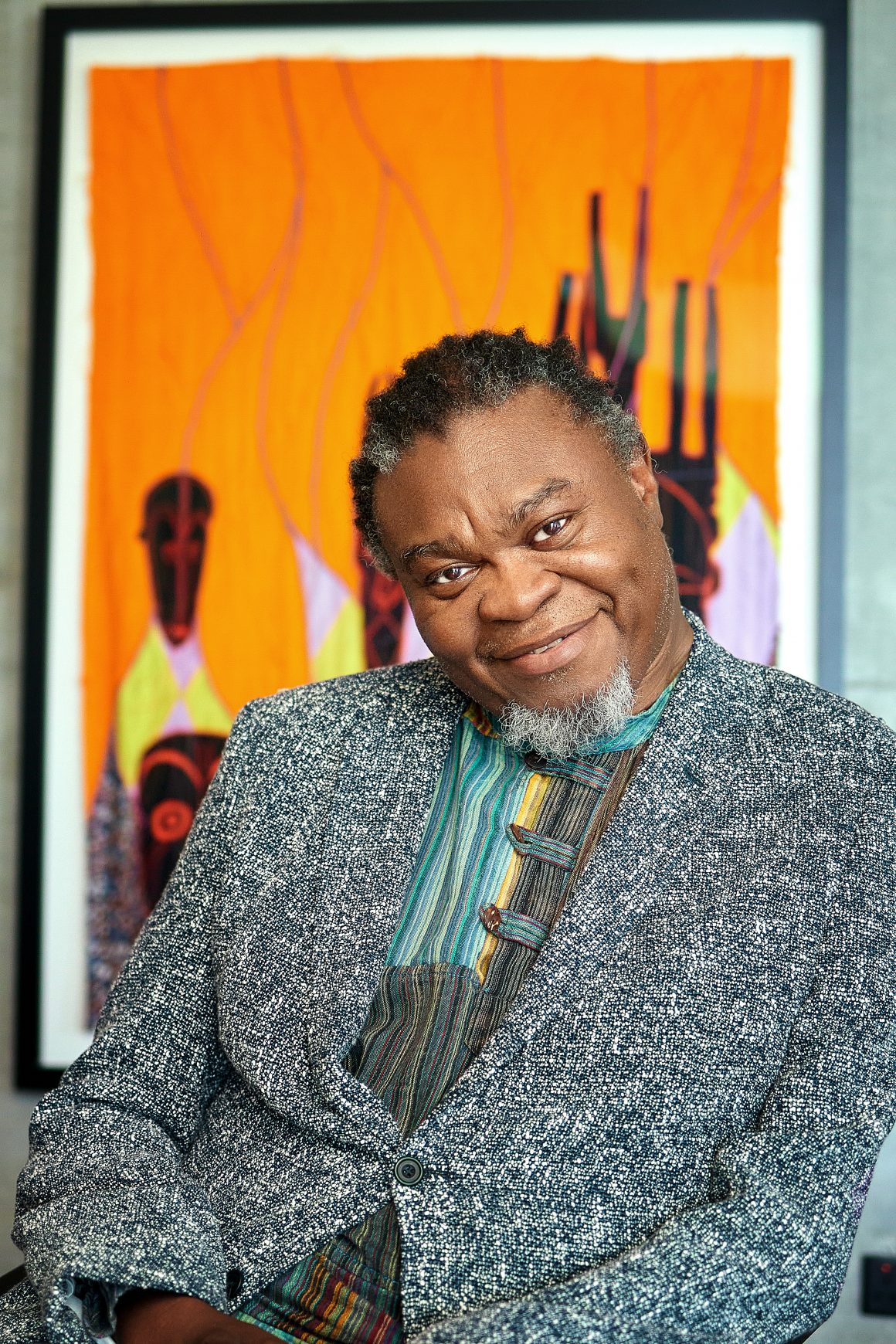
Now that you have invested in Lagos and Ogun State, are you moving back home?
The great thing about the world now is that none of us has to be static in one place. I have work to do internationally, as I also have work here in Nigeria. It is likely that I will be moving between Europe and Nigeria.
African art is having a moment. Why do you think that is?
I think that the world is now recognising the work of African artists. African artists have always been there; it’s just that the world didn’t take notice. It’s great that the world realises this, and many exhibitions of African artists exist. This is a great moment; it is a kind of renaissance for African art, and long may it continue.
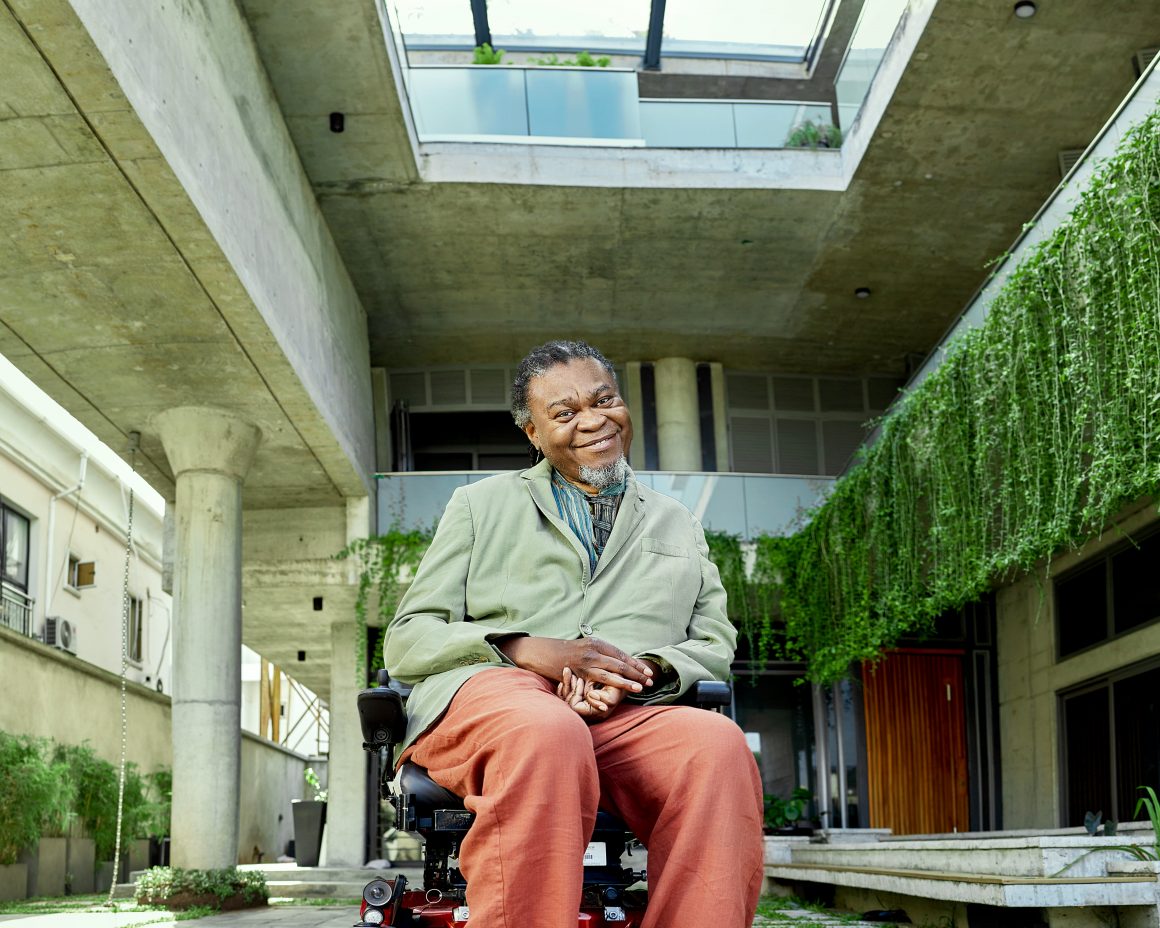
Looking back at all you have achieved, do you remember the earliest memory of when you wanted to do what you do today?
It is not easy to be an artist because there is no formula for success. I think that it is about focus and hard work. I remember when things were very difficult in the beginning. You do have to keep working to convince people that you have something valuable to contribute to the sector. It has been a very hard journey, but with patience and perseverance, I feel lucky that I managed to get there and now I am here.
Will you say your style of art has changed over time?
It is inevitable that an artist will evolve. You will not make the work you started out making because you will see more works by other artists. I continue to be inspired and keep adding new ways of working. I am very happy to continue learning, and I think that is very important.
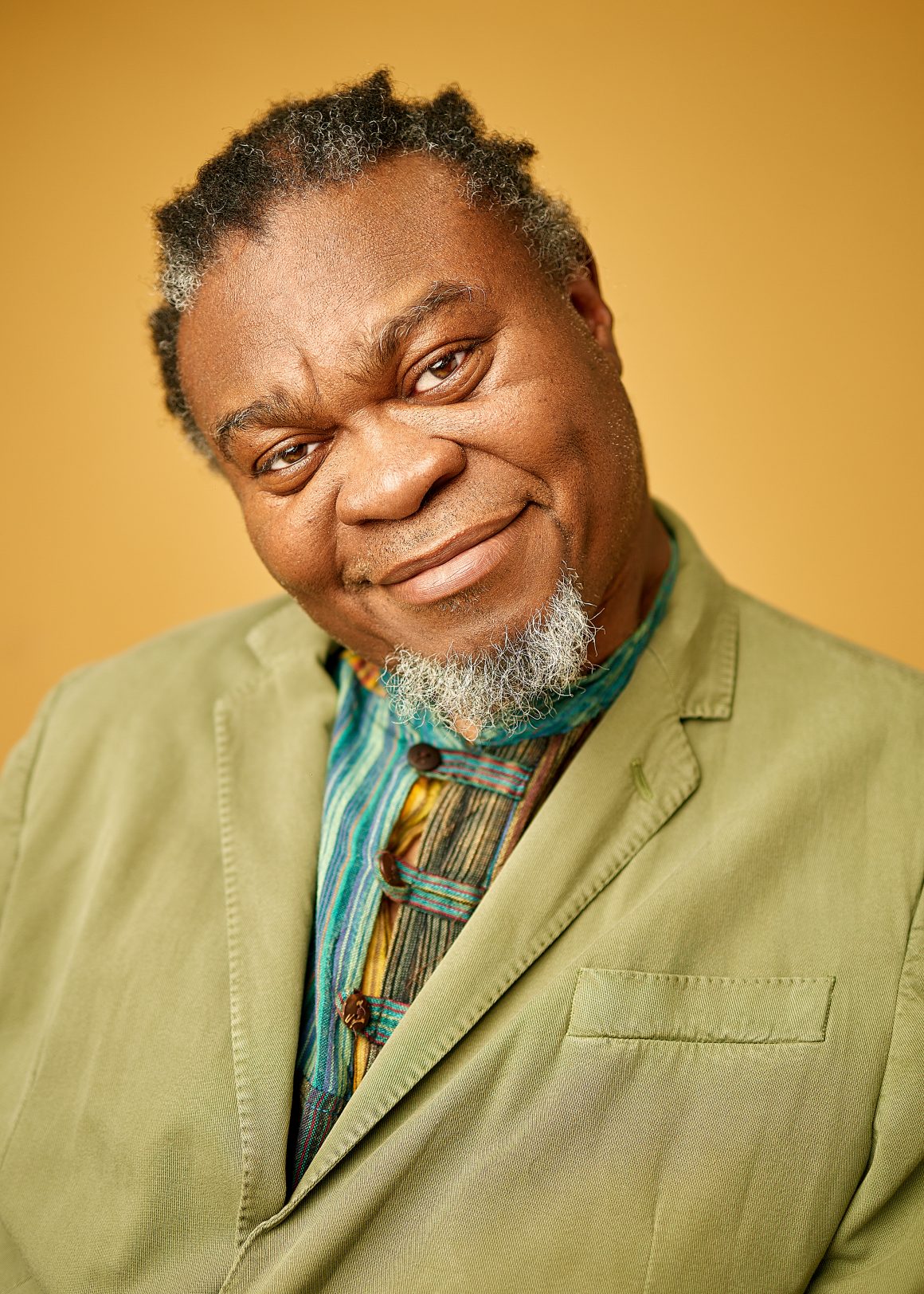
How do you define success as an artist?
I don’t see just one way of being successful as an artist. I think that success is relative; everyone has their own level of success, and I wouldn’t define success in one way. Just managing to finish one piece of art for some is a huge success; for others, their work having some monetary value might be successful.
Lastly, what advice will you give to someone who has just started their artistic career?
My advice to someone who has just started is to recognise that they are not the only artist in the world and to be open to being inspired by the works of other artists. I would encourage them to read other artists’ books, attend as many exhibitions as possible, and stay open-minded.
Photo Credit
Ademola Odusami for Laah Photography

